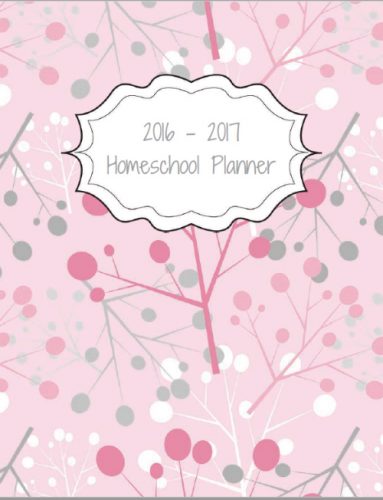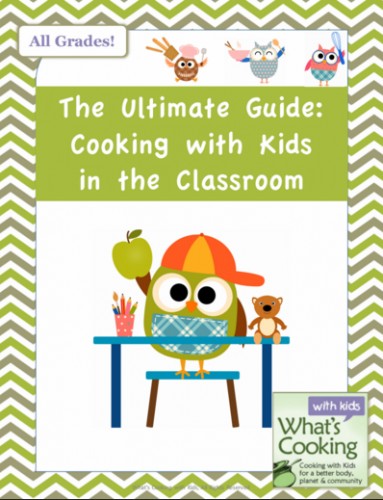The following is a guest post from Jamie Martin
As a homeschooling mom, do you ever feel that you’re not doing enough to help your family fall in love with books? I know – we sometimes layer the mommy guilt on thick. But it doesn’t have to be complicated to make reading a natural part of your family’s life.
Here are six ways to build your family’s culture around inspiring books.
1. Use the library in a way that works for you
When it comes to using the library, my family has been through different seasons. At one time, taking my children there didn’t work because of their young ages. During that time, I still used the library by going alone and choosing books for the kids.
If you can’t make it to a library right now, think about what you can substitute instead. Do your best using what’s available to you.
2. Don’t feel tied to bedtime reading
Rarely in my life have I enjoyed bedtime reading with my kids. It’s a fact I tried to hide for ages because it felt like the parenting police might show up and take me away. In all honesty, by the time evening arrives, I lack the patience to enjoy stories with my children.
Bedtime isn’t the only acceptable reading time. I prefer mornings when I have the most energy. If you try and fail, don’t assume that reading aloud won’t work for you – just get creative with your timing.
3. Invite the whole family
Several years into forming our reading foundation, I realized my husband missed out on most of it. So we began a family reading time after dinner, while everyone is still at the table.
Our most successful readings have been short (10 – 15 minutes) even if that means stopping in the middle of a chapter. It’s better to leave them wanting more than to have everyone give a sigh of relief when you’re done.
4. Drop a book if it isn’t connecting with everyone
Recently, we started reading the Narnia series and reached a title that didn’t connect with everyone. I pulled out all the stops – doing crazy voices for characters, making the readings shorter, and taking the time to talk about what we were reading. But it wasn’t much fun since not all of us were enjoying it.
Family reading time is about bonding and deepening relationships. You need everyone “in” for it to work. So return that well-written book to the shelf for another season.
5. Talk about what you’re reading
Our kids need to see that reading isn’t only a child’s activity. Or worse – something assigned to endure until you can move on to something “fun.” Do this easily by setting the example yourself.
There’s no pressure to read from someone else’s list of official classics. Begin with your own interests, whatever they may be.
6. Travel the world through books and have a life-changing adventure
Traveling expands our horizons and takes us out of our comfort zones. As we discover new cultures, we bond with each other and enlarge our vision. But few families have the savings accounts needed to spend a year seeing the world first-hand. Why not do it from your living room sofa instead?
Using my book, Give Your Child the World: Raising Globally Minded Kids One Book at a Time, you can literally travel around the world, all from the comfort of home. Your whole family can fall deeper in love with books, God’s world, and each other page by page. There’s not a better adventure to take this side of eternity!
Jamie C. Martin lives a global life at home every day with four countries (England, India, Liberia, and the USA) represented under her roof. She blogs at SimpleHomeschool.net where she’s been writing since 2010 about mindful parenting and intentional education.























 Gina Smith is a busy mom of two and wife to Brian. She and her husband have been in ministry together for over 20 years working with college students and young married couples. Gina has recently authored her first book entitled: “Grace Gifts: Celebrating Your Children Every Day.”
Gina Smith is a busy mom of two and wife to Brian. She and her husband have been in ministry together for over 20 years working with college students and young married couples. Gina has recently authored her first book entitled: “Grace Gifts: Celebrating Your Children Every Day.” 














